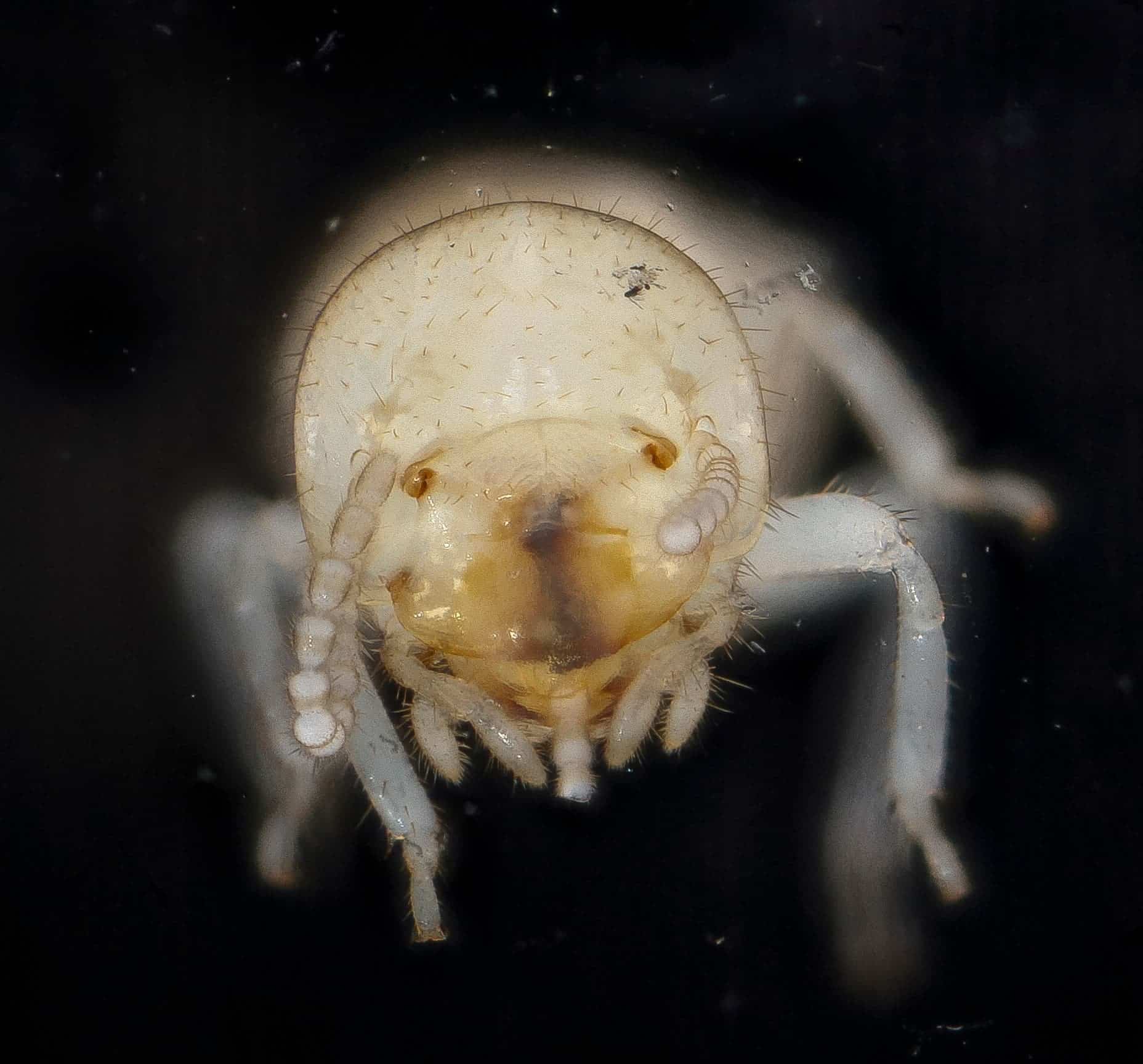Researchers at the North Carolina State University say the difference between royalty and rabble is dabbing yourself in heneicosane — at least if you’re a termite.

You wouldn’t tell buy its heneious name (see what I did there), but heneicosane is actually not very impressive: It’s just a bunch of carbon and hydrogen atoms mushed together into a waxy substance, and its structure looks like this. Pretty unassuming, through and through. But that’s only because you’re a mere hairless biped.
For you see, in the world of Isoptera (termites), this substance is the stuff of kings. Quite literally. A new paper from North Carolina State University reports that royal subterranean termites spread this compound on their body surface to distinguish themselves, and enable workers to know they’re in the magnificent presence of their rulers. The research offers a glimpse into the societal structure, evolution, and behavior of termites. Given that most termites are generally blind, the findings could guide the research for new chemical signals to better control termites when they act as pests.
Miloooord!
“This is the first report of a queen recognition pheromone in termites and the first report of a king recognition pheromone in insects,” said Coby Schal, Blanton J. Whitmire Distinguished Professor of Entomology at NC State, and co-corresponding author of the paper
The team used gas chromatography to isolate the myriad of chemicals from the exoskeletons of worker and royal Reticulitermes flavipes termites. They found heneicosane only on the bodies of the royals, not the workers, which naturally interested the team and made them seek why. So they set up an experiment where worker termites would come in contact with heneicosane — but slathered on glass dummies serving as proxies for their royal kin.
The team reports that workers started shaking when coming into contact with the substance. They note that this behavior likely conveys recognition of the royal members, similarly to how humans would bow or curtsy to our own royals. Surprisingly, however, the authors note that the workers would shake even more when this royal scent was blended with other hydrocarbons from colony workers. They believe that the overall bouquet would better mimic conditions found inside a hive, which the workers would be familiar with, and the whole experience made them more pliant and ready to ‘obey’, so to speak.
“Termites use a two-step recognition process — the colony’s odor gives workers a ‘home’ context and heneicosane within this context denotes ‘royals are in the home,'” Schal said.
“The royal-recognition pheromone lets workers know that there is a queen or a king present and that everything is stable in the colony,” said NC State Ph.D. graduate Colin Funaro, the paper’s other co-corresponding author. “Worker termites shook more when realizing that the royals were also nest mates.”
The findings are quite interesting: for one, it overturns the commonly-held belief that queens in the insect order Hymenoptera — which would be bees, wasps, and ants — were the first to use chemical markers to facilitate royal recognition. Termites branched apart much earlier than Hymenoptera: about 150 million years ago compared to roughly 100 million years ago respectively — meaning that social insects actually picked this trick up from termites.
It’s also the first report of the insect ‘king’ being distinguished chemically from its peers in social or eusocial insects. Although to be fair, it’s a distinction the termites probably find more useful than bees, which are haplodiploid with predominantly female populations. Termites work more similarly to humans (they’re diploids), meaning their societies tend to be more 50/50. Since termites can’t see very well and misplacing your king isn’t proper behavior for a royal family, it makes sense to mark the little guy somehow — or so I like to imagine.
No matter why the termites do it, it’s fascinating to note that they are one among very few species that have ‘kings’. And unlike other species — such as the Damaraland mole rats (Fukomys damarensis), where the queen’s mates are more of a harem than kings — he’s important enough in the colony to be marked as royalty.
The paper “Identification of a queen and king recognition pheromone in the subterranean termite Reticulitermes flavipes” has been published in the journal Proceedings of the National Academy of Sciences.


